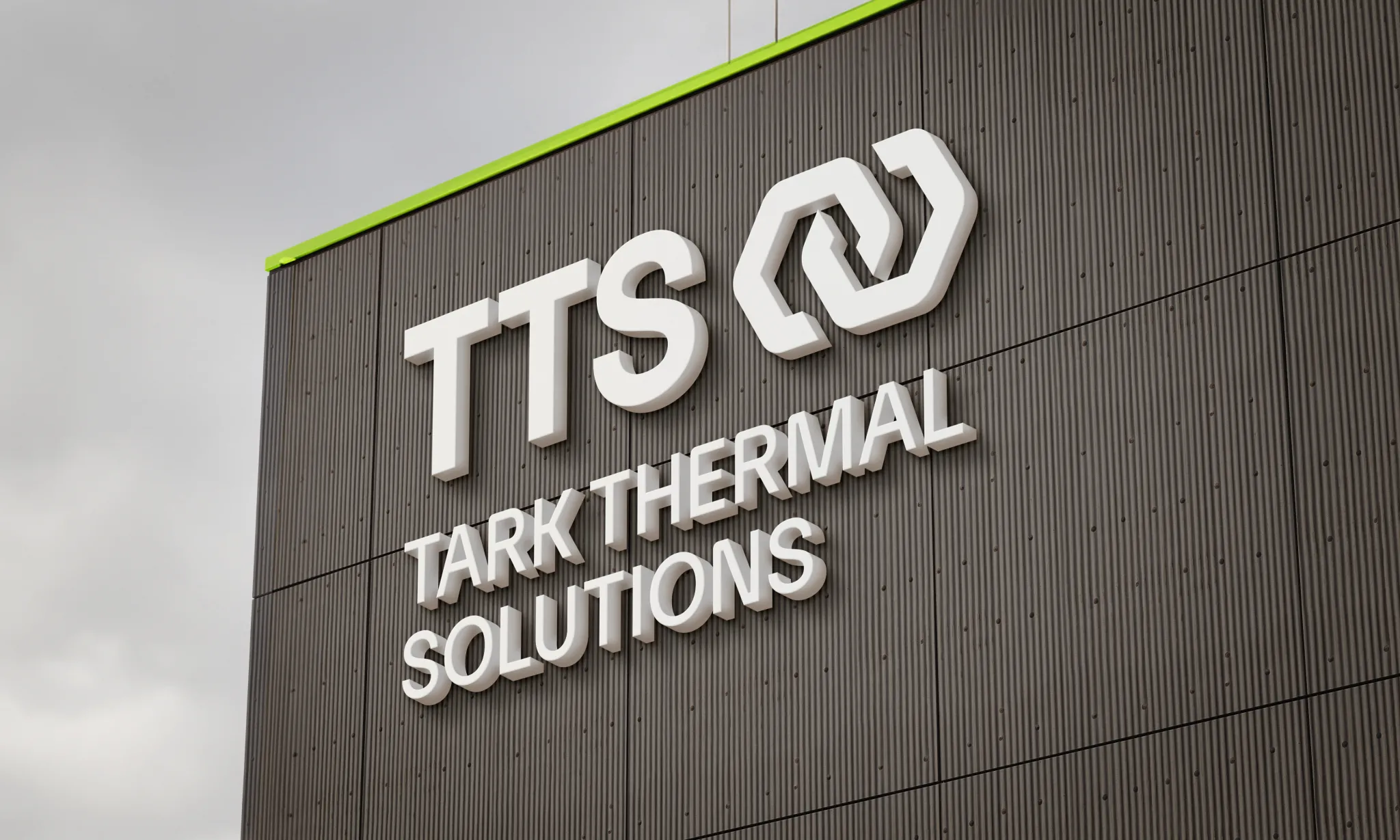High-Temperature ETX Thermoelectric Cooler from Laird Thermal Systems Maintain Peak Performance in Machine Vision Systems
Machine vision imaging systems require active cooling to ensure high-resolution images…
